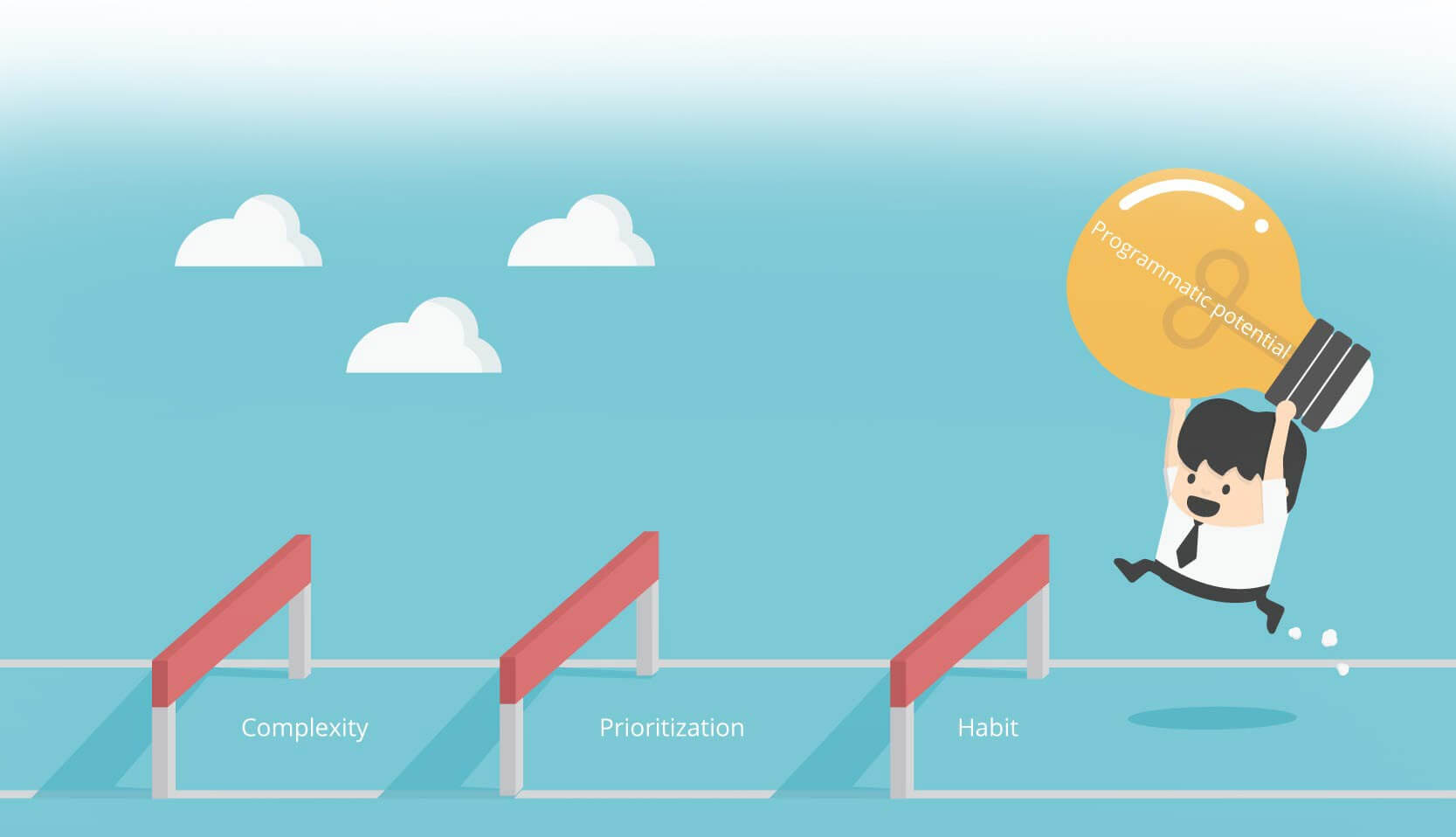Buying, selling… and all the stuff in-between.
Wrapping your head around the digital marketing landscape can be overwhelming. From advertisers to publishers, DSP’s, SSP’s, Real Time Creative companies, 3rd Party Ad and Audience networks, it is easy to get lost in the details. While the details are important, it’s even more important to understand that this is just another way of buying and selling products/services.
Advertisers & Audiences
The entire process starts with advertisers, aka. merchants/sellers. and ends with audiences/consumers/potential buyers. Advertisers want to sell their products/services online and audiences are looking to purchase goods.
Advertisers, Agencies & Publishers Oh My!
In order to reach the right audiences, advertisers hire agencies. Agencies are responsible for helping devise and execute an advertiser’s marketing strategy. The first step in executing an ad campaign typically falls with the Media agency. They identify the right audience in which to market the advertiser’s product while Creative agencies take responsibility for developing captivating advertising creative to display when the right audience is reached.
Publishers, on the other hand, are website owners who have chosen to integrate advertising with their web content. Publishers control the amount of ad space available and the prices for that ad space.
It’s the agency’s responsibility to choose the best publishers (the websites that feature content closely related to the product/service of the advertiser) to work with in order to develop a media plan which includes the list of relevant sites and the frequency with which the ads will be displayed on them. The people in the agencies who are responsible for these tasks are “Media Planners”, while the “Media Buyers” are responsible for purchasing and negotiating the buying of the media on the sites. The relationship where an advertiser works directly with the publisher is called “Publisher Direct”.
When it Started to Get Complicated
With the expansion of internet penetration and the number of online publishers, the amount of ad inventory (supply) exploded. This supply was not always exposed to the right buyers or packaged in a compelling way resulting in 40-60% of ad space unsold.
3rd Party Ad Networks
Ad Networks emerged as a solution to this oversupply. Ad networks aggregate inventory across multiple websites and package inventory by content and category. These 3rd party networks became the liaison between publishers and agencies for all unsold inventory.
These networks gave agencies the ability to work directly with ad networks to select relevant web pages to display their ads. Ad networks also provided lower end costs of ads by increasing the sell-through rate (% of ad impression sold on a site) for the publishers and increasing the supply of targeted ad inventory for the advertisers. Networks also worked with publishers’ unsold and untargeted ad inventory that is known as ‘remnant’ inventory since it was remaining and relatively undesirable.
3rd Party Audience Networks
While the ad networks focused on aggregating and categorizing websites based on content, 3rd party audience networks were established to provide an additional layer of targeting ad inventory. Unlike the ad networks that target like-content and categorized websites, audience networks focused on isolating and categorizing types of internet users and the sites they visit.
The audience networks looked at people’s’ gender, age, interests, income, browsing habits and many other variables to determine the commonalities between them.
Now the advertisers, and in turn, their agencies had three distinct channels to choose from when they developed their media plans.
Work directly with the publishers to purchase premium inventory.
Work with 3rd party ad networks to purchase targeted and remnant inventory at scale.
Work with 3rd party audience networks to purchase ad inventory around specific audience demographics.
As the demand through these channels grew it was becoming apparent to the publishers that if they wanted to maximize their revenue they would need a better way to manage their inventory. At the same time agencies needed a new way to manage the demand.
Join us for part 2 where we will cover Supply Side Platforms (SSP’s), Demand Side Platforms (DSP’s), Real Time Bidding (RTB) and the programmatic landscape.






